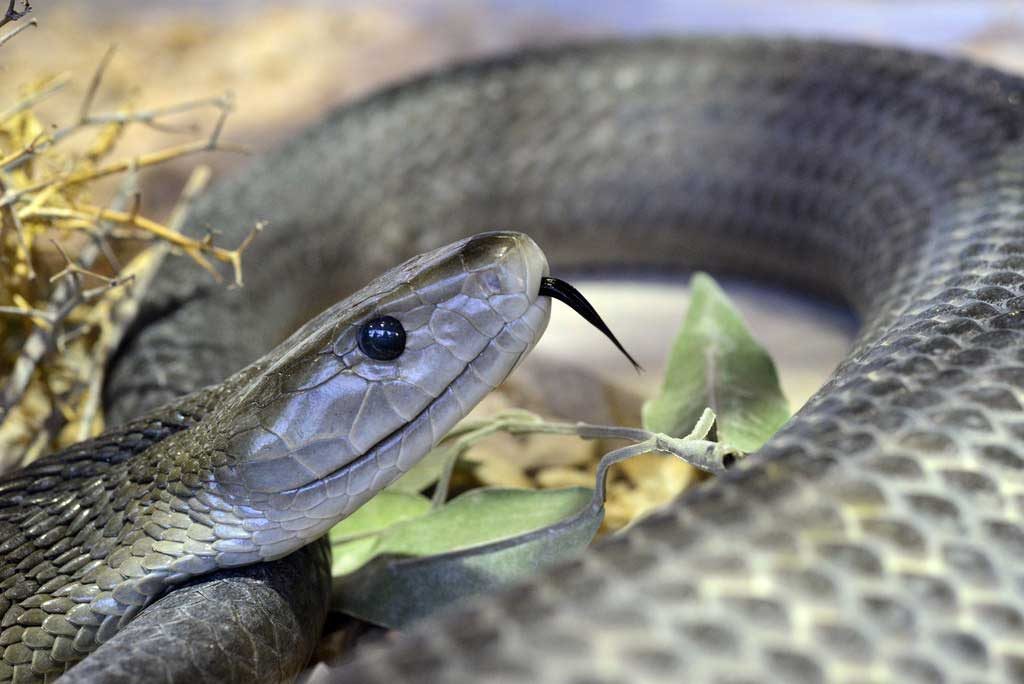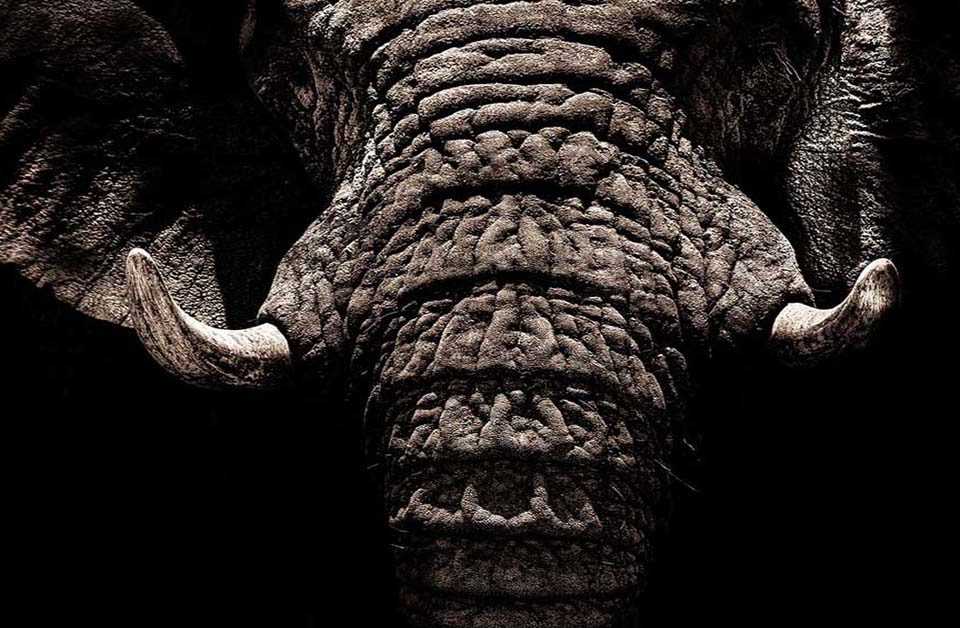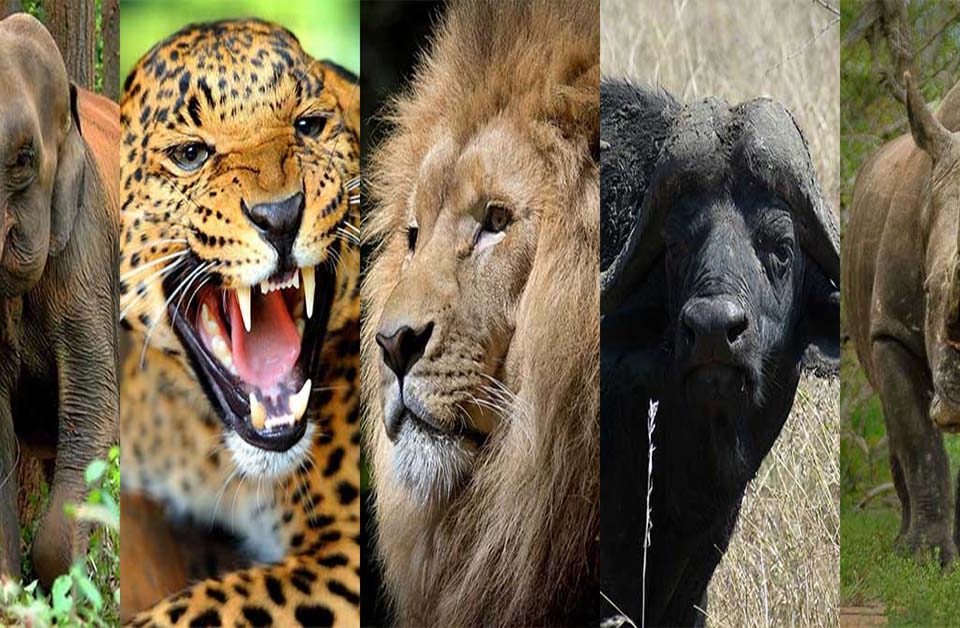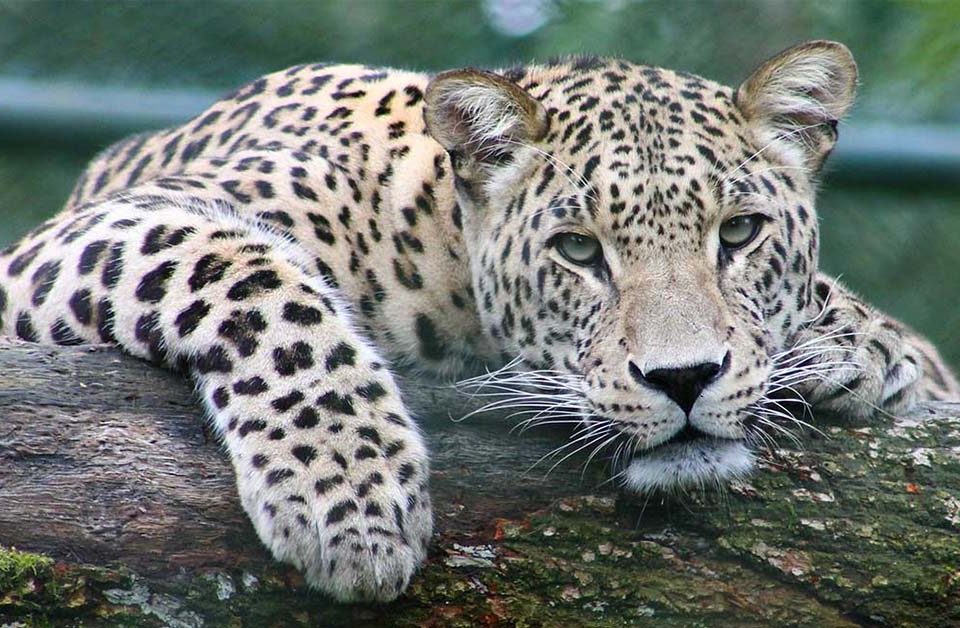The Black Mamba: Africa’s most poisonous snake
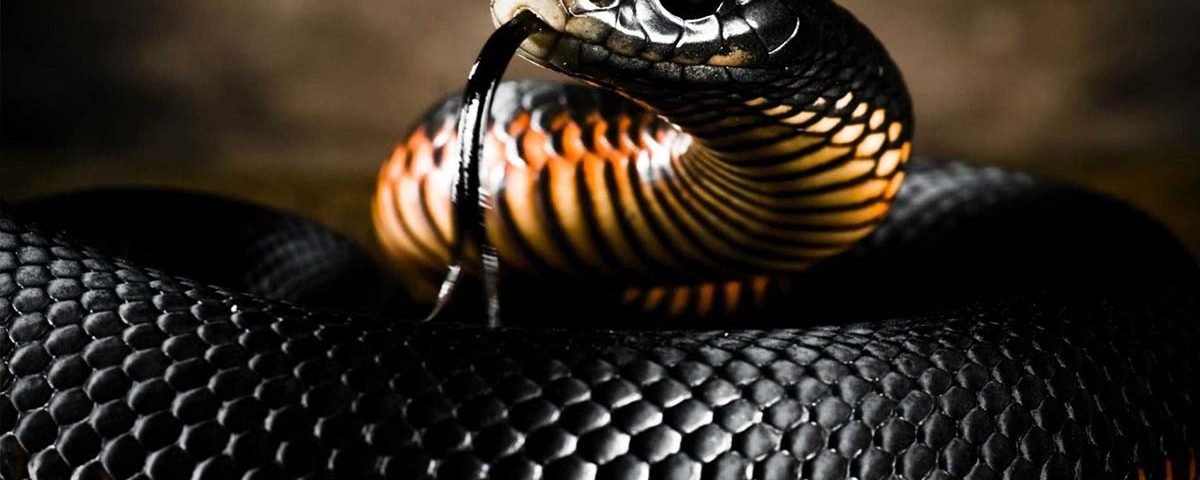
The Black Mamba snake (Dendroaspispolylepis), also known as the Seven Steps snake, has a terrible reputation as one of the most poisonous snakes in the world, doubling as the most poisonous snake in Africa. Its nickname Seven Steps comes from its lethal nature: its bite in fact doesn’t allow you to take up to 7 steps before dying.
The Black Mamba is also the fastest land snake in the world, as well as “the longest species as a poisonous snake in Africa, and the second longest in the world“, according to the words of Sara Viernum, a herpetologist based in Madison, Wisconsin. The great potential danger of this snake has been the subject of many African myths, and has caused thousands of human deaths.
Black Mamba, the fastest snake in the world
The Seven Steps is an extremely toxic and very fast snake, which is extremely aggressive when it feels threatened, and is known to repeatedly strike by injecting a large amount of poison with each shot. Its venom is potentially lethal and, although there is an antidote, it is not widely available in southern and eastern Africa. It is therefore considered a major killer in a land where almost 20,000 people die of snakebite every year.
Snake anatomy
Contrary to the implication of its name, the black mamba is actually brown, but it also comes in shades of olive or greyish. This dangerous snake is actually called black mamba not because of the pigmentation of its skin, but because of the colouring of the inside of its mouth, which is a deep black like ink. Similar to the Agkistrodonpiscivorus (mocassino acquatico), a mamba opens its mouth to show the black coating as a warning when threatened.
Black Mambas have a coffin-shaped head and are a particularly agile and fast snake. According to the National Geographic, these snakes can grow up to be 14 feet long (4.25 meters), although their average length is about 8 feet (2.4 m). These giants can live for up to 11 years.
Black mamba habitat: where do it lives?
According to the University of Michigan Museum of Animal Diversity Zoology Web (ADW), the black mamba lives in the south and savannahs of East Africa, in rocky hills and open forests. They like to stay in the open and sleep in hollow trees, rock cracks, tunnels or empty vacant mounts.
How fast is a Black Mamba?
These fast snakes can move faster than most people can run, which partly explains why they are so feared. According to the words of the herpetologist Viernum, “the black mamba is one of the fastest species in the world, which can reach a speed of more than 20 km/h“. On the contrary, they can only maintain an average speed of about 11 km/h over long distances.
They slide quickly in short gusts over flat ground, and can stretch out with about a third of their bodies from the ground holding their heads up proudly. A running mamba is a terrible and surprising spectacle. National Geographic, however, says the snake uses its incredible speed to escape threats, and not to attack.
The black mamba is very active during the day and returns to the same place every night to sleep. The ARKivedel Big Screen Initiative reports that it is often seen “basking in the branches of a tree early in the morning”, before going out to hunt. Black mambas are sometimes found in pairs or small groups, although Viernum emphasizes their fundamental shyness. She says they are “shy and secretive snakes who prefer to escape confrontation“. However, “black mambas are become very aggressive if threatened. Their defensive behaviour is their most distinctive feature”.
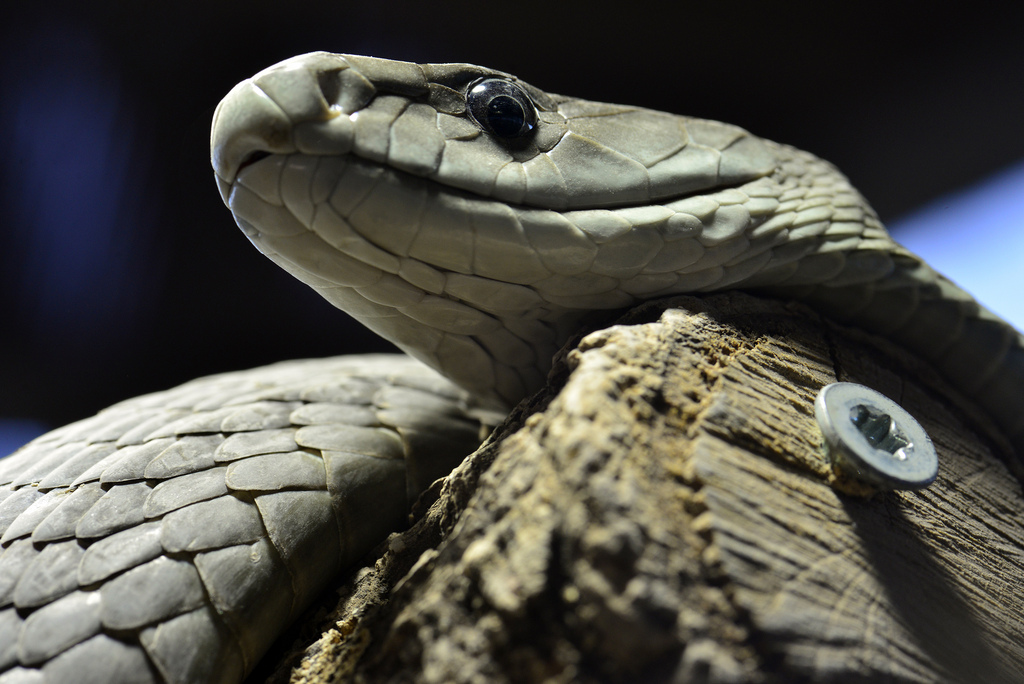
Nutrition
The Black Mamba typically eats small mammals and birds, although according to the Blue Planet Biomes; there have been reports of mambas found with whole parrots or cobras in their stomachs. In his book ‘Black Mamba’, Adam G. Klein wrote that when hunting, the snake bites its prey, injecting the poison, releasing it later and following it until the latter becomes paralysed and dies, at which point it’s consumed. Preys usually don’t stay alive for long after being bitten by a black mamba. These snakes have flexible jaws that can be displaced and adapted to meals up to four times the size of their head.
Reproduction
This dangerous snake usually mates during spring or summer; this is according to the University of BioWeb in Wisconsin – La Crosse. The males have to fight for the affection of the females. After mating, the females lay between 6 to 25 eggs in a damp piece of cloth or warm burrow. She leaves her eggs behind, never returning for them. The snakes hatch about three months later, and are born between 16 and 24 inches in length.
Bite, attack and poison of the snake
The Kruger National Park of South Africa states that it only takes two drops of poison for the powerful black mamba to kill a human being. The venom of this snake, like the cobra and the coral snakes, contains neurotoxins having an LD50 of 0.25 mg/kg, as reported by the herpetologist Viernum. The poison shuts down the nervous system, paralysing victims in a very short time, and without an antidote, the mortality rate from a black mamba bite is 100%. “Deaths from Black Mamba bites have been documented to occur no more than 20 minutes after a bite. However, there have been victims who lasted between 30 minutes and 3 hours or more.”
Taxonomy / classification
The black variety is one of four mamba species, according to the Integrated Taxonomic Information System (ITIS). Others include Jameson’s mamba, eastern green mamba, and western green mamba. The snakes are all part of the Elapidae family, same as the coral snake and the cobra. Mambas are thin, agile and active, with smooth scales and powerful poison. All the species live throughout sub-Saharan Africa.
Other Mambas
The other mamba species are all smaller than and not as poisonous as the black. The snakes are all bright green. They are also tree species, and therefore live on trees. They are also known to fall on their prey from branches. They are all solitary snakes.
Jameson’s Mamba
This is a slender snake that lives on trees, and which actively and quickly pursues its small preys during the day. It can grow up to 8 feet (2.4 m) long, and lives in West and Central Africa.
Eastern Green Mamba
This is the smallest of the mamba specie, usually measuring about 6 or 7 feet (1.8 m to 2.1 m). They are common in forests throughout East Africa.
West African green mamba
Also known as the Western Green Mamba or Hallowell Green Mamba, this snake can grow to 10 feet (3 m), according to Branson Wild World. It is the second longest and most poisonous snake in Africa after the black mamba. As implied by the name, it lives in West Africa.

